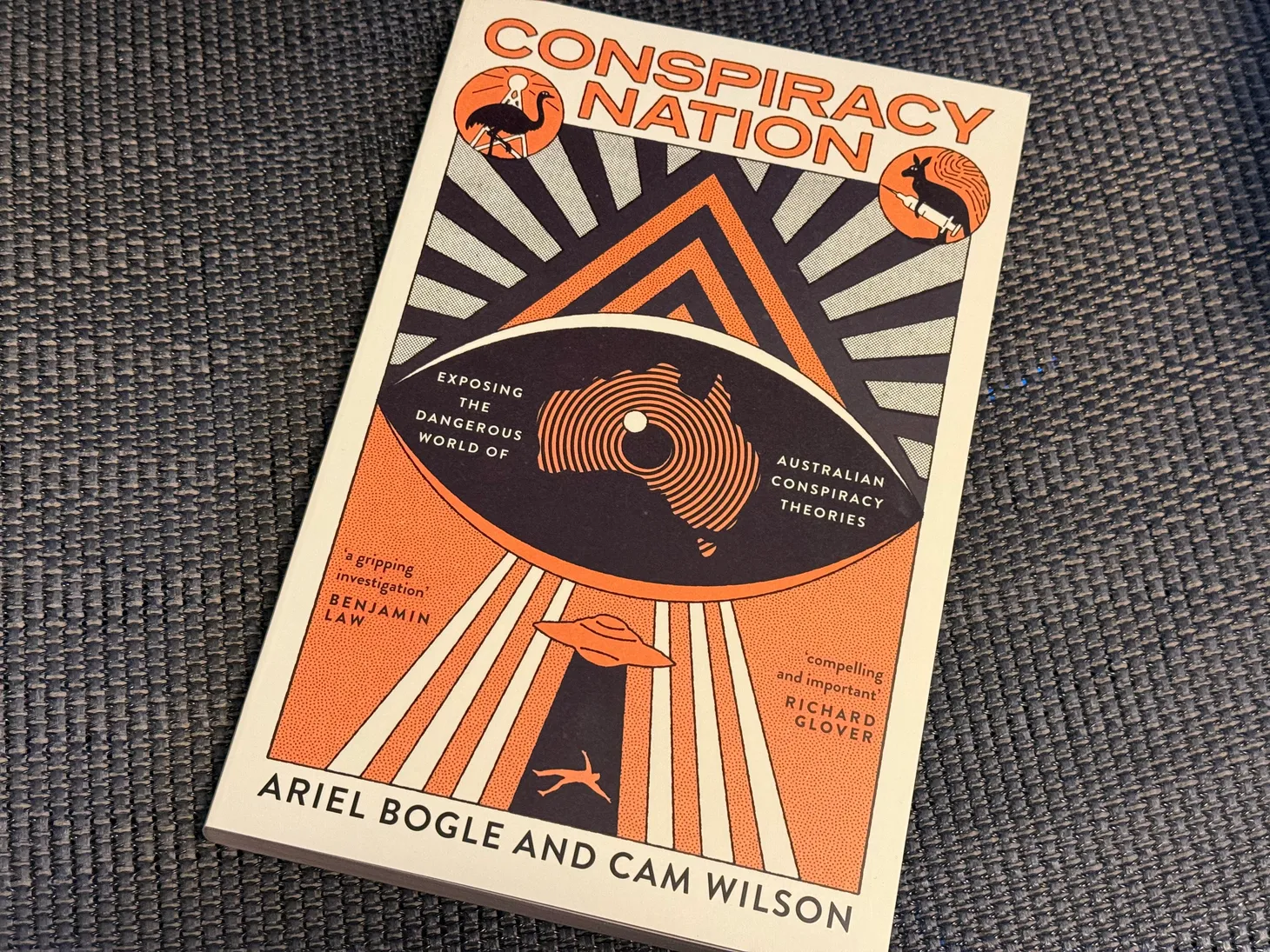Why one cute hamster says everything you need to know about what online learning should be
Online learning needs to be about relationships, not just info dumping, or it is destined to fail to support the messy, real world needs of students.

Early one morning, a brief email containing pictures of a very cute hamster landed in my inbox. The hamster’s name was Knöpfchen – ‘little button’ in German – and her new mother felt the need to share this life update with me, her former lecturer from an online university course.
Cute animals are always welcome in my inbox, but Knöpfchen meant more than most. She told me that my former student had found herself a stable job and a permanent place to live, something she’d been seeking when we’d met some months earlier.
That email was a highlight of my year.
Online learning gets a bad rap for being devoid of human connection, but that has not been my experience. I’ve been lucky enough to have most of my online teaching experience in well-designed courses that centre relationship-building and care.
On the one occasion when I taught an online subject that prioritised information-transmission over student-centred learning, I was horrified. And desperately bored. Judging by the evaluations, students felt exactly the same.
Two problems with most online learning
There are two really significant problems with a lot of online learning, as I see it, and they’re connected.
The first is that institutions and policymakers sometimes see learning technology as cost-saving. Specifically, leaders might assume that technology can replace part of the teaching workforce. It can’t.
Technology is a set of tools that educators can use with students to enable and support learning. Learning and using those tools in effective ways takes every bit as much time as preparing and teaching a face-to-face lesson.
The second problem is that educators sometimes buy into the idea that learning technology is something we can ‘set and forget.’ That online learning can be ‘hands-off’ for educators and save time (and money). People who assume this fail to understand that the tools find their value in the ways we use them with and for the specific students in our classes.
You wouldn’t just pass a chainsaw to a kid and say, ‘knock yourself out’. And you shouldn’t just put them in front of a device and say, ‘there you go, learn’.
Relationships, not info dumping
The best online learning happens when relationships are front and centre and the tools are used not as mediators or replacements for human connection but as enablers.
Take videoconferencing. It’s very easy to use something like Zoom or Google Meet as an information-delivery system (lecture-style), but that’s not what good teaching looks like for most students. It’s really challenging to build a learning climate in which students feel safe having their cameras on and speaking into the virtual room, but if that’s the priority from the outset then the experience is so much better for everyone.
The activity that enabled me to learn that Knöpfchen’s mother loved hamsters, and that she longed for a life that was predictable enough to make caring for a pet possible, took place in the first webinar of a new term. It was a simple, ten-minute ice breaker.
We – the class and I – imagined we were planning a costume party, and we typed what costume we’d be wearing in the chat box. From there, we began sharing why we’d chosen those costumes – some typed, some spoke into the microphone, everyone had an opportunity to find a form of communication in the space that was comfortable for them.
In that first ten minutes of a class I learned something that mattered about every single student in the virtual room. They learned a lot about me too – that I was interested in them, that I cared who they were (and not just about their grades), and that I love a good costume party.
Human-centred learning management systems (LMS)
In some ways that kind of connection is easier in webinars, but it’s also possible to make it happen in Learning Management Systems (LMS). A good LMS offers forums for student contributions, is consistent and accessible to students with different needs, and gives educators data about student engagement and understanding.
The problem for universities is that all of these things take time and are complex – teachers need to develop the skills to create the LMS site, and to use it, and they need time to maintain it. A good LMS is not built once and then left in place: it is dynamic and flexible, and student-centred.
A student-centred LMS provides students with opportunities for creation and transformation, and also provides teaching staff with data about what students need at any given time during the course.
I can see, for example, that student A is putting in a lot of hours and is really engaged, but their understanding isn’t improving, so something’s not working for them and I need to address that. I might also see that student B has suddenly stopped engaging – has something happened that puts them at risk, or are they just bored? If I’ve set up a student-centred learning climate and made it clear that I prioritise care, students won’t be surprised when I send them an email or a private chat message checking in.
‘Student-centred’ is not the same thing as ‘self-directed’, and either way, educators and educational leaders seem to frequently forget that effective self-directed learning requires enabling strategies and support. We have to actively and continuously be working to empower students to undertake self-directed study.
Curating a set of resources and handing them over to students generally results in a whole lot of not very much: only a very narrow subset of students will have the exact combination of subject-passion, intrinsic motivation, and disposition to actually learn anything this way.
Being a messy human
It’s tempting to make an LMS too ‘slick’. Classroom teaching is messy and often unpredictable, and I think we find it easier to accept that our human failings will find their way into our bricks-and-mortar classroom practice than into our LMS. After all, we get to draft and re-record our online content if we need to.
But in my experience, students respond better to an intensely-human teacher than one who tries to hide behind a too-rigid idea of ‘professionalism’ that limits the possibility of connection. That subject I hated teaching? There was absolutely none of me in it. I was a conduit for information, and the students were expected to absorb what they could.
As I gained confidence as an educator, I started to inject more of myself into my content. I made jokes. I talked about the things I was excited about. Pictures of my dog appeared. I made mistakes and showed how I corrected them.
I found methods of using the technology in ways that were distinctly me – dorky, funny, kind, frequently featuring my dog – and informed by the good practices that I’d learned in student care from my colleagues. I got really good at using technology to communicate care. I got great at setting up my online learning spaces in ways that made sure students knew that I was within reach – not all the time, and not always immediately, but in ways that were sustainable for me and supportive for my students.
Learning is a joint venture between educators and students, and this is, or should be, no less true online. If we place connection – human connection – at the heart of learning with technology, then online education becomes transformative and powerful.
The scope for inclusion and differentiation for every kind of student is huge if we use the right tools in the right way. And if you’re a teacher, you might even be lucky enough to find a hamster in your inbox.
Byteside Newsletter
Join the newsletter to receive the latest updates in your inbox.




